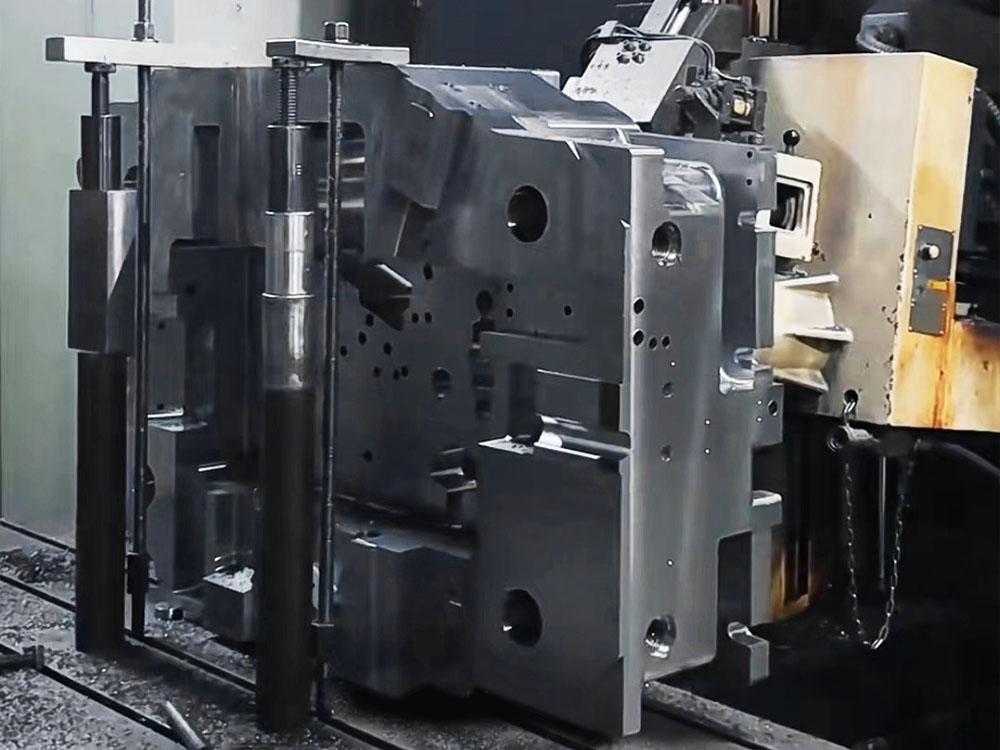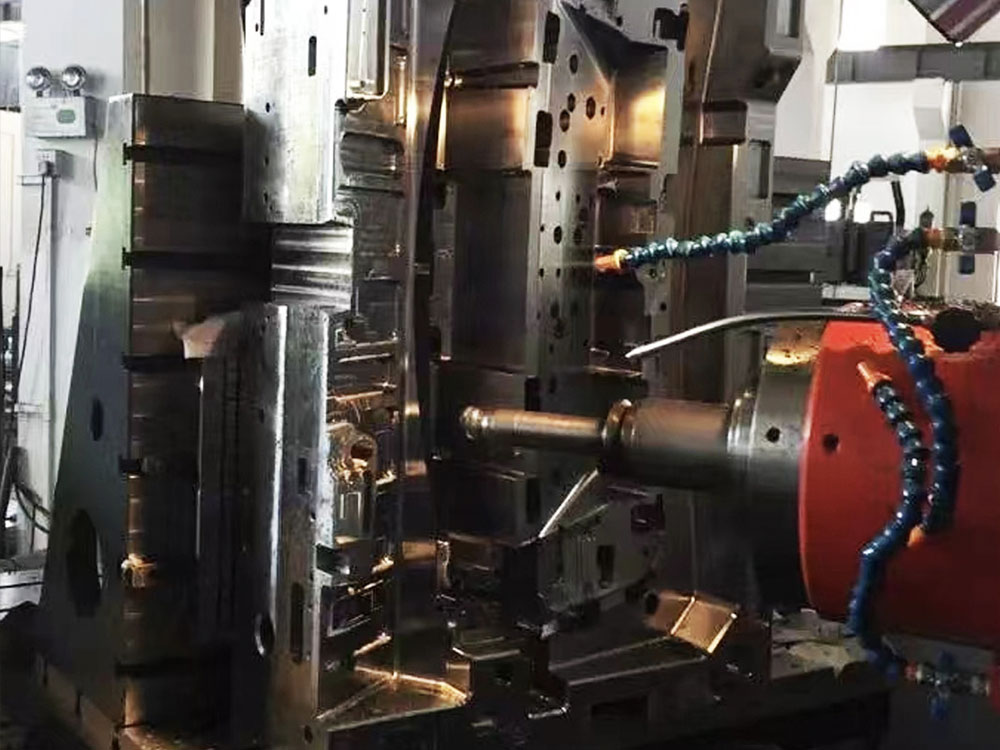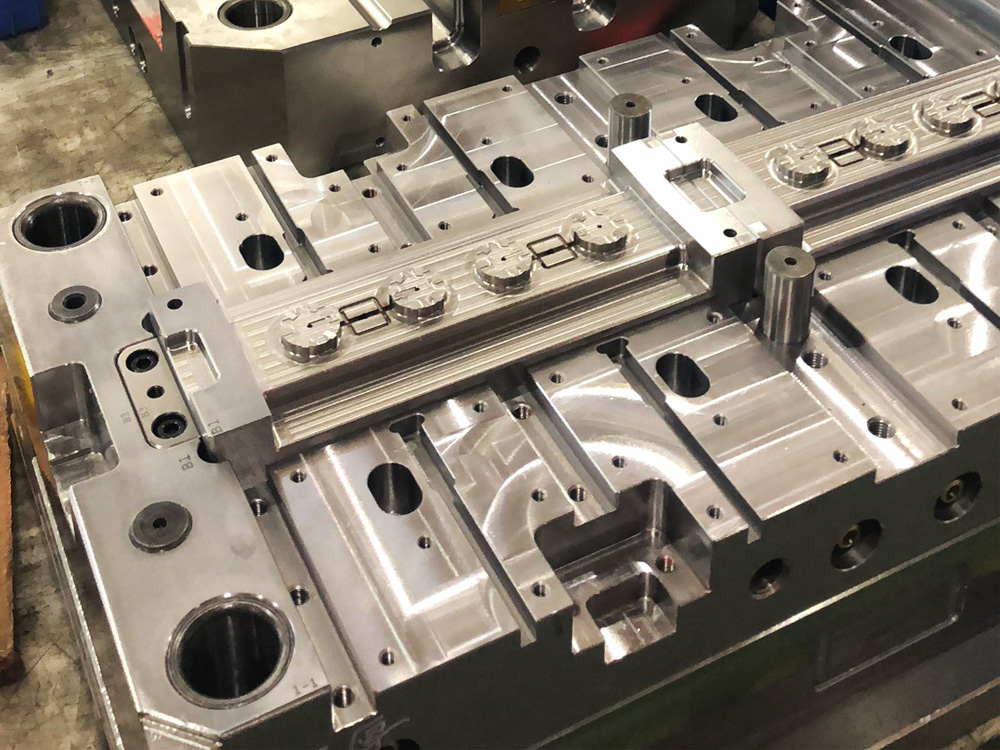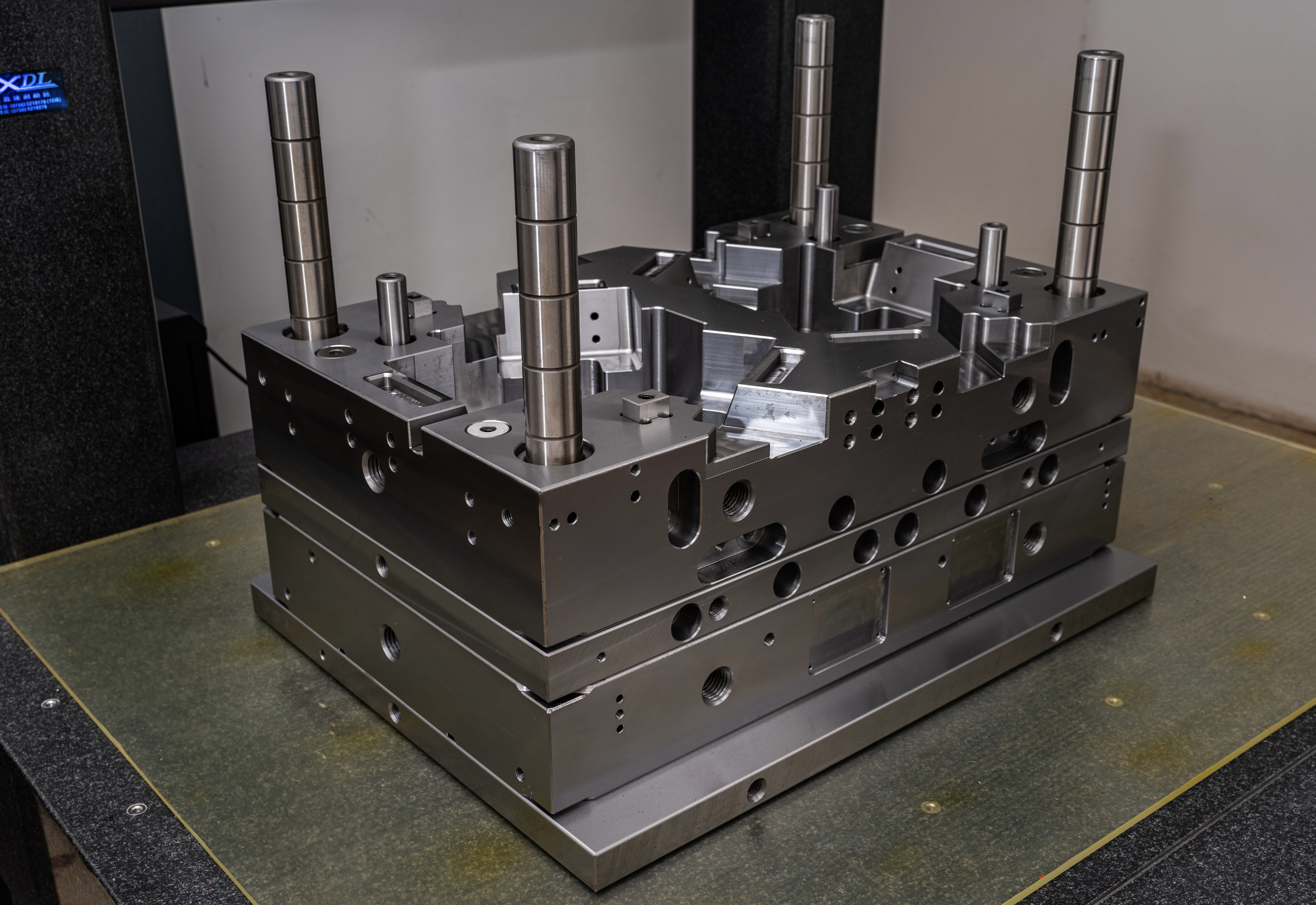How to Interpret the Blueprint of a Self-Made Knife Template Rack in a Cardboard Factory
Mold Base Industry
The mold base industry plays a crucial role in several manufacturing sectors, including the cardboard industry. One significant component in the production of cardboard products is the knife template rack. This article aims to provide a comprehensive understanding of interpreting the blueprint of a self-made knife template rack in a cardboard factory.
1. Blueprint Analysis
The blueprint of a self-made knife template rack consists of various elements and dimensions that need careful analysis. The blueprint typically includes the following sections:
a) Overall dimensions: The blueprint provides detailed measurements of the knife template rack, such as height, width, and depth. These dimensions are critical for ensuring the proper fit and functionality of the rack.
b) Material specifications: The blueprint specifies the type of material required for fabricating the knife template rack. Cardboard factories commonly use sturdy and durable materials like metal or high-quality plastic.
c) Construction details: This section outlines the assembly and construction method of the knife template rack. It includes information on joining techniques, fasteners, and reinforcements needed for stability and longevity.
d) Component placements: The blueprint highlights the precise positioning of various components within the knife template rack. This includes slots for holding different knife templates, dividers for organizational purposes, and handles for easy transportation.
2. Understanding Dimensional Tolerances
Interpreting dimensional tolerances mentioned on the blueprint is essential to ensure accuracy during the production of the self-made knife template rack. The blueprint will specify the acceptable tolerances for critical dimensions such as height, width, and depth. Understanding these tolerances helps in choosing appropriate manufacturing processes and tools to maintain precision.
3. Reading Technical Drawings
The blueprint of a self-made knife template rack often includes technical drawings that aid in the understanding of complex features and layouts. These drawings employ symbols, labels, and annotations to convey important information. Familiarizing oneself with commonly used symbols and decoding annotations is crucial for accurate interpretation.
4. Analyzing the Bill of Materials (BOM)
The BOM section of the blueprint provides a comprehensive list of all the materials and components required for building the self-made knife template rack. Carefully analyzing the BOM helps in procuring the necessary raw materials and accessories, ensuring the project's smooth execution.
Conclusion
Interpreting the blueprint of a self-made knife template rack is a vital skill for professionals in the mold base industry, especially in the cardboard manufacturing sector. By analyzing the blueprint's dimensions, dimensional tolerances, technical drawings, and bill of materials, manufacturers can efficiently fabricate a high-quality knife template rack that meets the specific needs of a cardboard factory.




